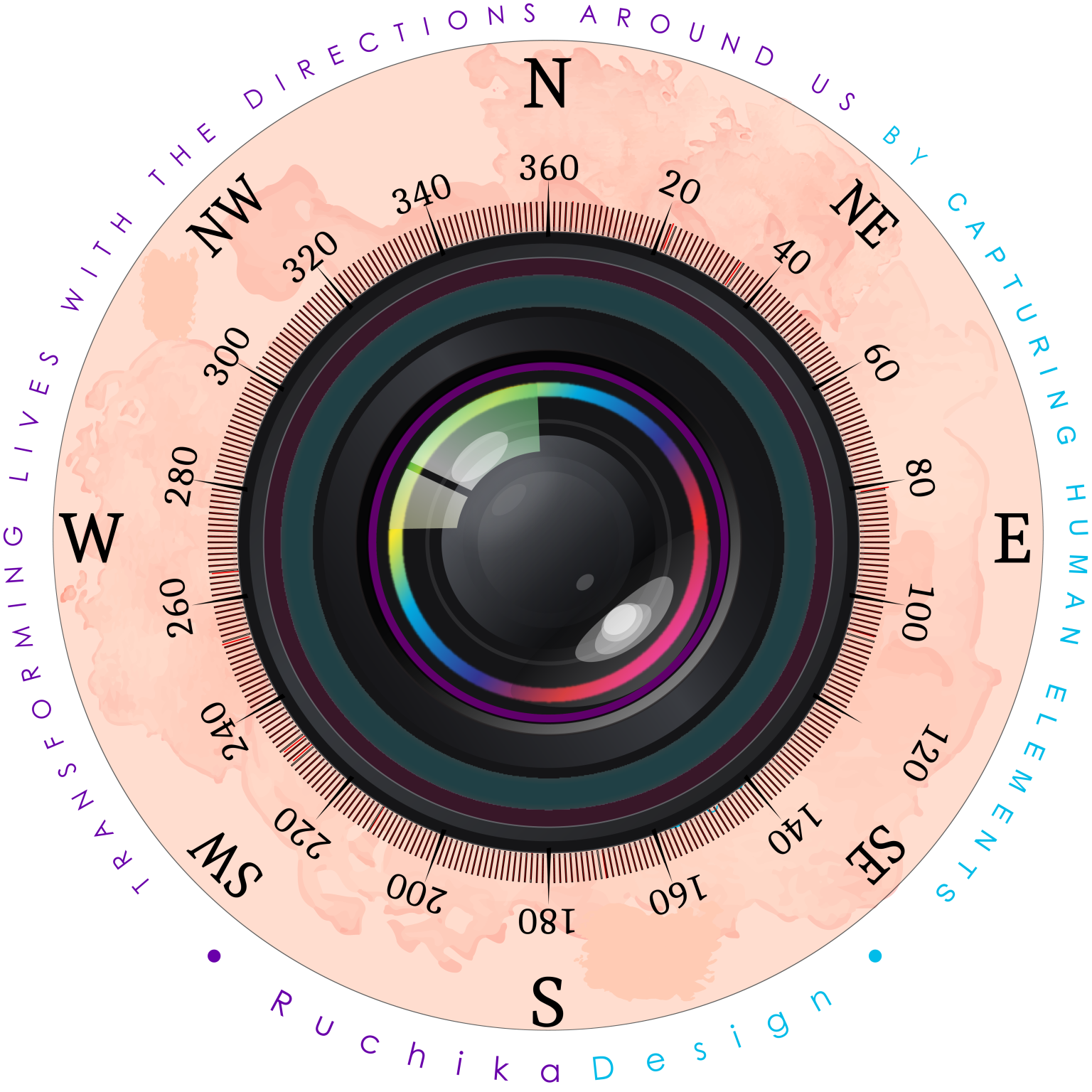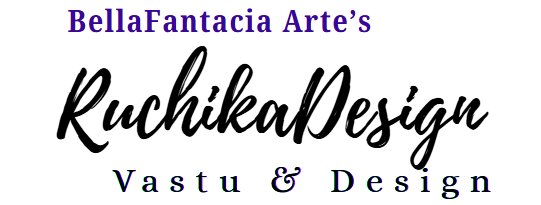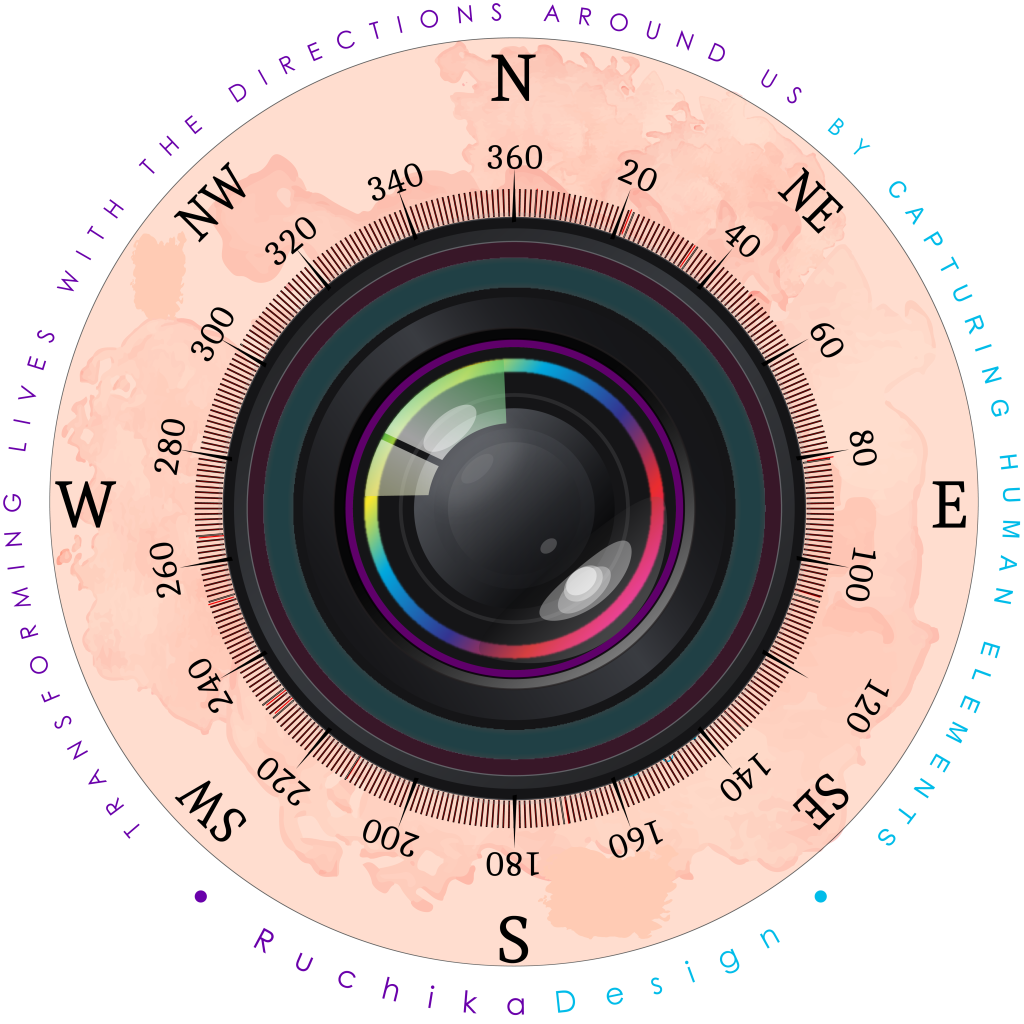
“Explore – your professional knowledge fuel”
Post by : Ruchika
Post date : 30/08/2024
1. Understanding Your Dimensions as a Consultant
Your dimensions refer to the various facets of your skills, knowledge, and expertise that you bring to your consultancy practice. This includes:
- Core Expertise: Your foundational knowledge in Vedic Vaastu sciences,. Understanding these core dimensions helps you identify your strengths and areas where you have a competitive edge.
- Interdisciplinary Knowledge: How you integrate modern science (like psychology, neuroscience, and finance) with ancient Vedic wisdom. This dimension allows you to create unique value propositions for your clients.
- Consultative Approach: Your methods and strategies for engaging with clients, assessing their needs, and delivering tailored solutions. This includes both the practical (hands-on consultancy) and the strategic (long-term planning and development).
2. Connecting Your Dimensions with Work Processes
To effectively align your dimensions with your work processes, consider the following steps:
- Mapping Expertise to Client Needs: Identify how each dimension of your expertise meets specific client needs. For instance, how does your knowledge of Vaastu principles help real estate developers optimize their property layouts, or how does integrating Management enhance leadership training for corporate clients?
- Creating Structured Workflows: Develop workflows that reflect the integration of your dimensions. For example, start with an assessment phase where you evaluate the client’s current state using Vedic tools, followed by a strategic planning phase where you apply your interdisciplinary knowledge to create a tailored roadmap.
- Leveraging Technology and Tools: Use digital tools to enhance your work processes. This might include software for astrological charting, virtual consultation platforms, or data analysis tools to measure the impact of your strategies over time.
3. Optimizing Client Engagement and Retention
- Customized Engagement Strategies: Develop strategies for engaging clients based on their unique needs and your expertise dimensions. This could include personalized consultations, regular follow-up sessions, and tailored workshops or training programs.
- Feedback and Adaptation: Implement a feedback mechanism to continually refine your processes. Use client feedback to understand which dimensions of your expertise are most valued and adjust your offerings accordingly.
- Building Long-Term Relationships: Focus on building lasting relationships by providing continuous value through your knowledge and expertise. Offer ongoing support, updates on new research or methods, and exclusive content to keep clients engaged.
4. Expanding Your Dimensions
- Continuous Learning and Development: Invest in expanding your knowledge base through advanced studies, workshops, and collaborations. This keeps your skills sharp and your knowledge current, allowing you to provide cutting-edge consultancy services.
- Exploring New Areas of Interest: Identify emerging trends or areas within your field where you can expand your expertise. This might include studying new Vedic texts, exploring contemporary applications of ancient wisdom, or researching new tools for energy evaluation.
5. Strategic Networking and Collaboration
- Identify Key Collaborators: Build a network of professionals who complement your dimensions of expertise. This could include architects, business leaders, wellness coaches, or digital transformation experts who can help you provide a more holistic service to clients.
- Join Professional Communities: Participate in relevant professional communities, both online and offline, to share knowledge, gain new insights, and identify potential partnerships or opportunities for collaboration.
6. Innovating Your Service Offerings
- Develop New Services: Based on your understanding of your dimensions, create new services that meet emerging client needs. For instance, offering digital Vastu consultations for remote clients or developing a leadership program that integrates Vedic psychology.
- Utilize Technology to Enhance Service Delivery: Consider using augmented reality (AR) or virtual reality (VR) to create immersive experiences that help clients visualize Vaastu principles in action or understand their astrological charts more interactively.
7. Evaluating and Refining Your Processes
- Set Metrics and KPIs: Establish key performance indicators (KPIs) to measure the effectiveness of your work processes. This could include client satisfaction scores, retention rates, or the success rate of implemented strategies.
- Regular Review and Improvement: Regularly review your processes to identify areas for improvement. Use data analytics and client feedback to refine your workflows and ensure they are aligned with your dimensions of expertise and client expectations.
By exploring your dimensions and aligning them with your work processes, you can create a more effective and impactful consultancy practice. This approach not only enhances your ability to serve clients but also positions you as a thought leader in your field. Would you like to delve deeper into any specific aspect of this framework, or discuss how to implement these strategies in your current consultancy practice?
“Explore – your professional knowledge fuel”
Post by : Ruchika
Post date : 30/08/2024
1. Understanding Your Dimensions as a Consultant
Your dimensions refer to the various facets of your skills, knowledge, and expertise that you bring to your consultancy practice. This includes:
- Core Expertise: Your foundational knowledge in Vedic Vaastu sciences,. Understanding these core dimensions helps you identify your strengths and areas where you have a competitive edge.
- Interdisciplinary Knowledge: How you integrate modern science (like psychology, neuroscience, and finance) with ancient Vedic wisdom. This dimension allows you to create unique value propositions for your clients.
- Consultative Approach: Your methods and strategies for engaging with clients, assessing their needs, and delivering tailored solutions. This includes both the practical (hands-on consultancy) and the strategic (long-term planning and development).
2. Connecting Your Dimensions with Work Processes
To effectively align your dimensions with your work processes, consider the following steps:
- Mapping Expertise to Client Needs: Identify how each dimension of your expertise meets specific client needs. For instance, how does your knowledge of Vaastu principles help real estate developers optimize their property layouts, or how does integrating Management enhance leadership training for corporate clients?
- Creating Structured Workflows: Develop workflows that reflect the integration of your dimensions. For example, start with an assessment phase where you evaluate the client’s current state using Vedic tools, followed by a strategic planning phase where you apply your interdisciplinary knowledge to create a tailored roadmap.
- Leveraging Technology and Tools: Use digital tools to enhance your work processes. This might include software for astrological charting, virtual consultation platforms, or data analysis tools to measure the impact of your strategies over time.
3. Optimizing Client Engagement and Retention
- Customized Engagement Strategies: Develop strategies for engaging clients based on their unique needs and your expertise dimensions. This could include personalized consultations, regular follow-up sessions, and tailored workshops or training programs.
- Feedback and Adaptation: Implement a feedback mechanism to continually refine your processes. Use client feedback to understand which dimensions of your expertise are most valued and adjust your offerings accordingly.
- Building Long-Term Relationships: Focus on building lasting relationships by providing continuous value through your knowledge and expertise. Offer ongoing support, updates on new research or methods, and exclusive content to keep clients engaged.
4. Expanding Your Dimensions
- Continuous Learning and Development: Invest in expanding your knowledge base through advanced studies, workshops, and collaborations. This keeps your skills sharp and your knowledge current, allowing you to provide cutting-edge consultancy services.
- Exploring New Areas of Interest: Identify emerging trends or areas within your field where you can expand your expertise. This might include studying new Vedic texts, exploring contemporary applications of ancient wisdom, or researching new tools for energy evaluation.
5. Strategic Networking and Collaboration
- Identify Key Collaborators: Build a network of professionals who complement your dimensions of expertise. This could include architects, business leaders, wellness coaches, or digital transformation experts who can help you provide a more holistic service to clients.
- Join Professional Communities: Participate in relevant professional communities, both online and offline, to share knowledge, gain new insights, and identify potential partnerships or opportunities for collaboration.
6. Innovating Your Service Offerings
- Develop New Services: Based on your understanding of your dimensions, create new services that meet emerging client needs. For instance, offering digital Vastu consultations for remote clients or developing a leadership program that integrates Vedic psychology.
- Utilize Technology to Enhance Service Delivery: Consider using augmented reality (AR) or virtual reality (VR) to create immersive experiences that help clients visualize Vaastu principles in action or understand their astrological charts more interactively.
7. Evaluating and Refining Your Processes
- Set Metrics and KPIs: Establish key performance indicators (KPIs) to measure the effectiveness of your work processes. This could include client satisfaction scores, retention rates, or the success rate of implemented strategies.
- Regular Review and Improvement: Regularly review your processes to identify areas for improvement. Use data analytics and client feedback to refine your workflows and ensure they are aligned with your dimensions of expertise and client expectations.
By exploring your dimensions and aligning them with your work processes, you can create a more effective and impactful consultancy practice. This approach not only enhances your ability to serve clients but also positions you as a thought leader in your field. Would you like to delve deeper into any specific aspect of this framework, or discuss how to implement these strategies in your current consultancy practice?



